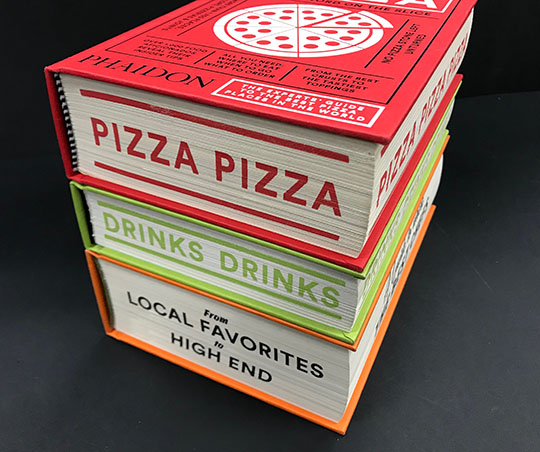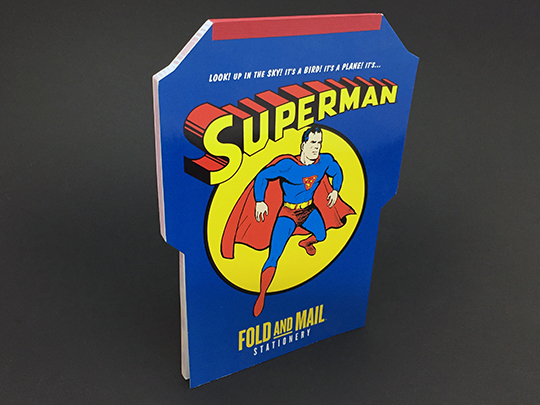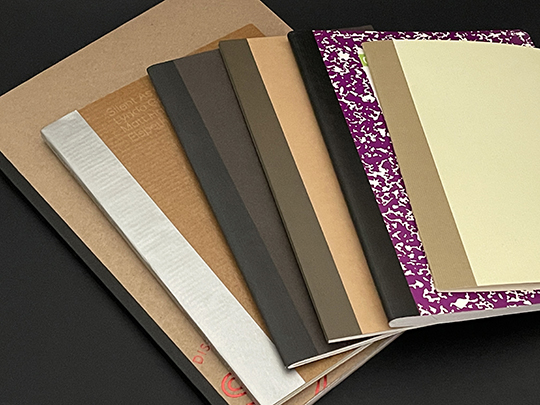I recently did a video about face printed books that are printed by a printer on an offset or digital press. This video describes the process of printing the head and/or face and/or the foot of a finished bound book after the book is bound. The books can be either perfect bound or hard/case bound.
The “printing” is done first by die cutting a “stencil” of a pattern or logo or words. The “stencil” is placed over the area to be printed and the outer surface is either spray painted or the “ink” is applied with a roller. There are literally scores of colours to choose from, the range of patterns and sizes and type fonts are endless. Book “edge painting” is much more expensive than press printing the edge copy or patterns but…edge “printing” is much more precise, detailed, colourful, vivid and memorable than press sheet print “edging.”
Books have taped spines for one of two reasons.
One reason taped spines are used is to further strengthen the binding of the book.
Taped books will function longer and will also look better longer.
The second and maybe the most frequent reason is aesthetics/appearance. The tape makes the book look more distinctive, unusual and stronger. The tape comes in 10 different widths, shiny/dull/matte or clothe texture finish. Lots of options to choose from.
Book binding styles that can be taped are (1) perfect bound, (2) saddle stitched. (3) flat stitched, (4) padded.
For something out of the ordinary, relatively cost effective, and more durable, think……….taping.
Taped Spines: Enhancing Durability and Aesthetics in Bookbinding
In the realm of bookbinding, finding ways to make your books more durable and visually appealing is crucial. One effective method to achieve this is through taped spines. Taped spines offer both functional and aesthetic benefits, making them a popular choice for various types of books.
Why Choose Taped Spines?
Taped spines are applied to books for two primary reasons: to strengthen the binding and to enhance the book’s appearance. Understanding these benefits can help you decide if this binding technique is right for your project.
Strengthening the Binding
One of the main reasons for using taped spines is to add strength to the book’s binding. Taped books are more robust, ensuring they function longer and withstand regular use better than non-taped alternatives. This added durability is particularly beneficial for books that will be frequently handled, such as:
- Textbooks
- Manuals
- Cookbooks
- Children’s books
Enhancing Aesthetics
Beyond functionality, taped spines also offer significant aesthetic benefits. The tape can make a book look more distinctive and unusual, adding a layer of visual appeal that sets it apart. Taped spines are available in various options, allowing for customization to match the book’s design and intended look. Some available features include:
- Widths: Choose from 10 different widths to best suit your book’s size and style.
- Finishes: Opt for shiny, dull, matte, or cloth texture finishes to achieve the desired effect.
This variety ensures that your book not only looks stronger but also stands out in terms of design.
Binding Styles Compatible with Taped Spines
Taped spines are versatile and can be applied to several binding styles, making them suitable for a wide range of projects. The compatible binding styles include:
- Perfect Bound: Ideal for paperback books, perfect binding with taped spines adds extra durability and a clean, professional finish.
- Saddle Stitched: Enhance the simplicity of saddle-stitched books with the added strength and visual appeal of a taped spine.
- Flat Stitched: Provide a unique look and added durability to flat-stitched books with taped spines.
- Padded: Even padded books can benefit from the extra reinforcement and aesthetic enhancement of a taped spine.
Cost-Effective and Unique
Taped spines offer a cost-effective solution for those looking to enhance their books without significantly increasing production costs. This method provides a relatively inexpensive way to make your books more durable and visually appealing, making it an excellent choice for a wide variety of projects.
Conclusion: Consider Taping for Your Next Project
If you’re looking for a way to make your books more durable and distinctive, consider using taped spines. This versatile binding method not only strengthens the book but also adds a unique aesthetic appeal. With numerous customization options available, taped spines can be tailored to fit your specific needs and preferences.
At our bindery, we specialize in applying taped spines to various bookbinding styles. Our experienced team can help you choose the right tape and finish to achieve the perfect look and durability for your project. Contact us today to learn more about how taped spines can enhance your books and to discuss your specific needs.
Let’s create something extraordinary together with the added strength and beauty of taped spines!
BOOKS WITH TAPED SPINES
This week, I’m showcasing an unusual bindery add-on for perfect bound and Smythe sewn books. The first page of the book is mounted to the inside front cover and the last page is mounted to the inside back cover. Then, to stabilize the spine, adhesive-backed cloth or embossed paper (both of which come in numerous colours) is wrapped around the spine.
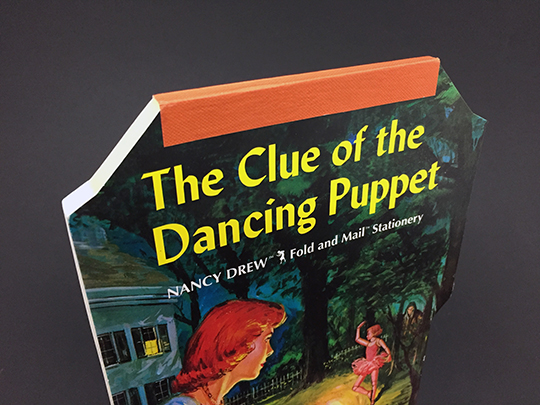
The images above show a taped spine on a PMC / High Die Shaped book.
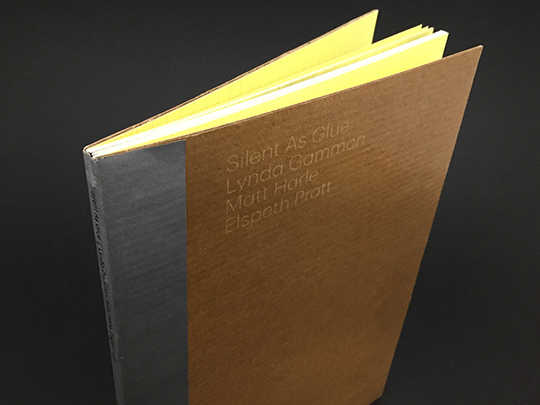
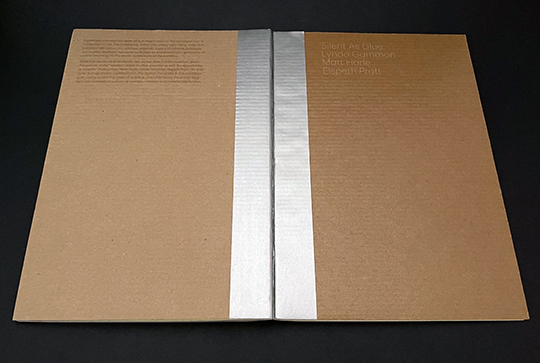
The image above shows a book with a corrugated cover and a silver taped spine.
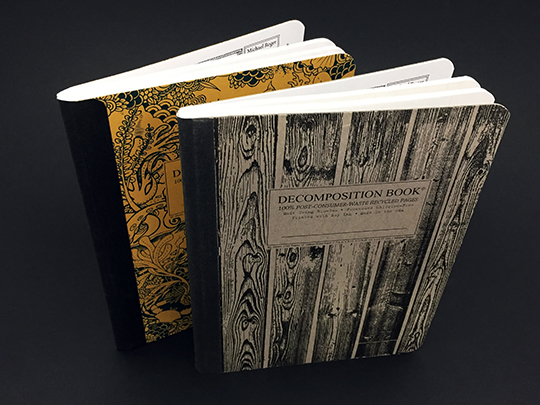
The journals shown above have two variations of black tape on the spines.
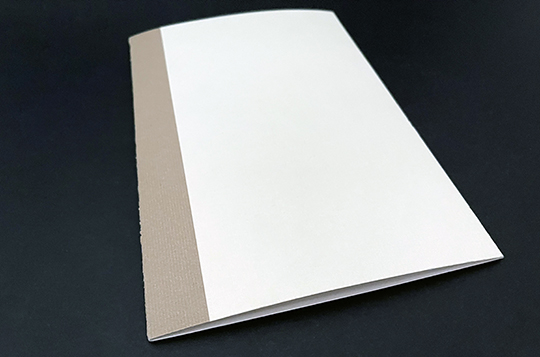

The book shown above is an example embossed paper used as “spine tape.”

The book shown above is an example of cloth being used as “spine tape.”
Are you looking for some bindery work that is unusual? … Please give us a call!
“A picture is worth a thousand words; and a sample, a thousand pictures!” Need a sample? Please ask us for one! E-mail us at norm@sgfteam.ca

